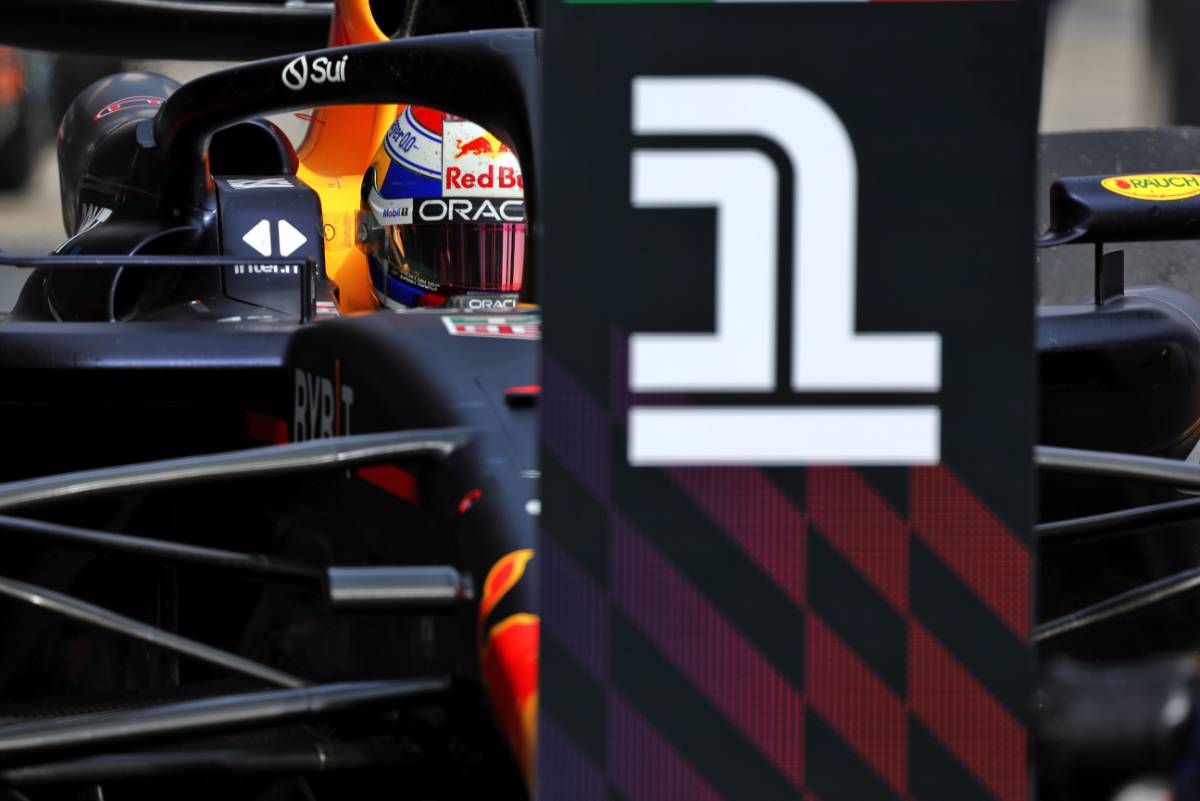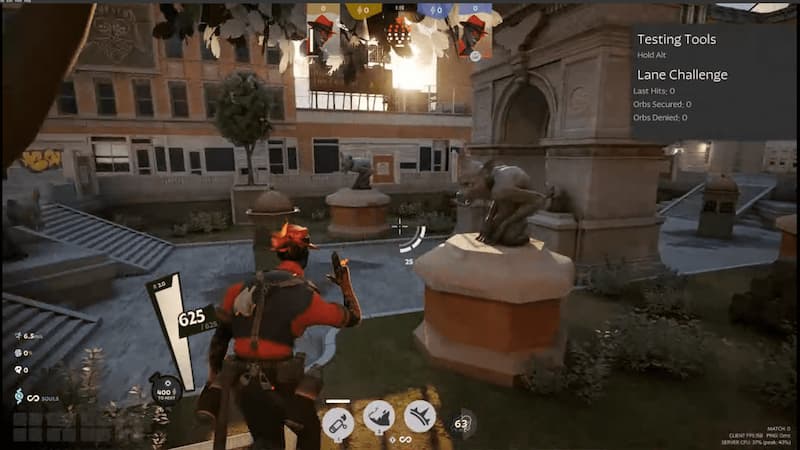
How does the personnel fit with what Hafley has traditionally done? What does Hafley even want to do? And why?
The 2024 NFL Draft is now in the rearview mirror, and the Green Bay Packers came away with a massive haul of eleven new players, just over half of whom fall on the defensive side in the ball, including two very likely starters in linebacker Edgerrin Cooper and safety Javon Bullard. With the Packers roster now at a full 90 and very little left on the veteran free agent market, the roster you see today is likely the roster Green Bay will go into training camp with (excluding some light movement at the very back-end of the 90).
With that in mind, we’re going to look at how this roster fits into what new defensive coordinator Jeff Hafley has traditionally wanted to do defensively and how effective we think the Packers personnel can be in implementing that vison.
Over the past couple of months, both in articles and over internet airwaves in various different places, some of the broader outlines of the defense have been discussed. Hafley’s defenses ran a ton of single-high in college (one safety deep in the middle of the field, the other safety dropped into the box). They ran quite a bit of man coverage and cover-3. The defensive front wants to be more penetrating than Packers fans have been used to in the past few years.
What I wanted to accomplish today was to utilize the knowledge of our own Justis Mosqueda to provide a nice primer into what not only Hafley has done in the past, but what coaches in this broader coaching tree have done in the NFL, why they want to play defense this way, what the trade-offs involved are for this defense, and how well setup the Packers roster is to execute what they’ll be asked to do.
Rcon14: One of the things Hafley has repeatedly hit on over and over is how he wants his defense to be aggressive and attacking, and I think nowhere is this more apparent than the changes we’ll be seeing along the defensive front. Before we get into what we can expect from Green Bay there going forward, could you take a minute and give an elevator pitch explanation for what Green Bay was trying to do on the defensive front in the run game under Joe Barry and why that didn’t necessarily work for them?
Justis: Yeah, under Barry the Packers were sort of slow-playing the defensive line. Because the team needed both high safeties to fit the run in a quarters-based system, the defensive line kind of held at the point of attack while the linebackers slow-played run fits to allow the linebackers and safeties to all fit the run at the same depth at the same time. The defensive line’s job was to essentially muddy up the middle of the offensive line, often out of Bear fronts.
Rcon14: There was a lot of discussion about how the defensive line, particularly the interior guys, would be trying to occupy a gap-and-a-half in the run game to do this. The front for Hafley, and for other coordinators that spend more time in single-high looks than Green Bay traditionally has, focuses more on penetration in single-gap responsibilities. Are there any particular players you think this style of play helps more than others on the roster?
Justis: Pretty much anyone other than T.J. Slaton on the defensive line. Kenny Clark should get the opportunity to be one of the best penetrating nose tackles in the league. Devonte Wyatt is already a force as a pass-rusher but didn’t quite fit in Barry’s defense. Karl Brooks is a player who is a little undersized, so his game fits this scheme better, too. Letting the defensive line pin their ears back and turning it to a run-and-chase proposition for the second level of the defense if the line can’t make a play in the backfield is probably the route I’d want to go with this defensive line, too.
Rcon14: I’m glad that you mentioned the second level since I think that’s the area of the defense that really struggled with their responsibilities last season. You mentioned earlier how both the defensive line and linebackers had to slow-play their run fit responsibilities to time things up with the safeties in run fits. The Packers have Quay Walker, a high-end athlete, Edgerrin Cooper, another high-end athlete, Ty’Ron Hopper, a pretty good athlete, and Isaiah McDuffie, who is at least has an aggressive trigger in run defense. Does this scheme better fit these players? Are there any deficiencies these players’ games have that may cause problems for them?
Justis: The linebacker group is green, but it’s something they can work around. One thing I’ll mention here is that the team will be blitzing a lot more from the second level this year, which really fits in well with what both Cooper and Hopper showed on college film. In general, I worry about how young the group is, particularly for their first year in the system. I worry about McDuffie being able to hang out there in pass coverage — something he didn’t have to do that much of last year with De’Vondre Campbell spelling him on passing downs. At the same time, I’m worried a little bit of Cooper and Hopper playing “real linebacker” after they were both used as stunters/quarterback spies at the SEC level. I’m not expecting Pro Bowl-level play there this year, but, hopefully, the team finds a trio that works for them long-term. I will say, the linebackers should have less on their plate this year, in general. You won’t see the team walking out Campbell into the slot to cover Davante Adams with both safeties playing 10 yards off the ball anymore. Two-way goes at the linebacker level is just not what this defense is built to give you.
Rcon14: Moving to the backend, I think this is where folks are expecting to see the largest differences. Hafley’s defenses in college were in single-high pre-snap looks (just one safety in the middle of the field, the other in the box or covering the slot) more than almost anyone else in college football across his tenures at Ohio State and Boston College. With the drafting of Javon Bullard, one of the few safeties in this class that can competently play both single-high and closer to the line of scrimmage, we’ve talked before how the Packers seem likely to ‘rock and roll’ the safeties. Can you explain what that means and why that is advantageous for teams, particularly in a league where motion is being used at higher rates than ever?
Justis: The staff (and newly signed safety Xavier McKinney) has said that they want to play a left and right safety, in an ideal world, rather than play a true free safety (single high) and strong safety (in the box). I’m going to believe them until I see otherwise. In a league where there’s so much motion now, it’s kind of hard to do the Earl Thomas/Kam Chancellor thing where you have one guy just play a single role. If a team quickly motions and changes the “strong” side of the formation, do you want that guy to chase the motion man across the field or do you just want to rotate the safeties to adjust to the formation? That’s really what it boils down to. I think they’re gonna end up playing McKinney and Bullard in similar roles. Tyler Brooke and I talked all offseason about how Bullard was the best player to pair with McKinney in this safety class, if that was going to be their plan. Every action they’ve taken kind of backs up what they’ve been saying. I think rookie Evan Williams is a hybrid player, too. Kitan Oladapo is probably more of a strong safety and Anthony Johnson Jr. is more of a free safety, though. I think it would take a couple of injuries for the Packers to decide to lean into a true free safety/strong safety structure.
Rcon14: In addition to single-high usage, one of the things that is quite notable about Hafley’s history is his preference to play a lot more man coverage and a lot less cushion on the line of scrimmage for receivers.. How drastic of a change do you expect this to be from how Green Bay has played the past few years? The Packers seem to be pretty confident in this corner room given how little external additions they made to it this off-season. Does this group of players fit a more aggressive man-heavy defense?
Justis: I think it’s going to be pretty different. It’s not just man but also a lot of true Cover 3, which the Packers didn’t run much of. When Green Bay ran middle-of-the-field closed coverages last year, it usually came via “three up, three under” coverage, which is basically a blitz coverage with a five-man rush. The Preston Smith on Davante Adams play is an example of that. True Cover 3 will play an extra man in the underneath zones, which should help keep people out of positions like Smith was in — on top of the four-man pass-rush always including two edge defenders when the team is in its 4-3 base. The team is also transitioning away from match coverages, which try to play like man coverage downfield. You can look at the first Vikings game two years ago as an example of what happens when the matching principals don’t work: Justin Jefferson was left wide open several times. Now, the team will play true zone when they don’t play man — which means that defenders are playing looser coverage with their eyes on the quarterback so they can break on routes when the passer loads up to throw. Hopefully, this “vision coverage” should help the team come down with more turnovers.
Rcon14: I think the turnover piece you mentioned there is a key point. Over the past few years, the Packers defense was very ‘bend don’t break’ and ultimately relied on a lot of red zone defense randomness to determine whether a performance was good or bad. While playing a more aggressive style of defense in terms of coverage and in terms of box counts (routinely having a safety closer to the line of scrimmage) can have advantages in terms of increased turnovers, improved run defense, more tackles for loss in the run game, and more plays on the ball in coverage, I’m sure it isn’t without it’s drawbacks. A lot of talk has been had this off-season about the things this defense in theory should improve upon, but what are some of the drawbacks of playing this way?
Justis: Well, the big thing is chunk plays. In theory, the quarters-based system Green Bay ran was designed to handle crossing routes and throws over the intermediate middle of the field well, as well as the sidelines. Now, the Packers are going to have to rely on their pass-rush a little bit more, as it becomes a little bit of a race between the rush and the quarterback to throw those balls. Crossers and other intermediate throws shouldn’t have much help, be it by leverage or numbers, in this scheme. It’s going to stress the talent of the pass defense a little more, which sort of cuts both ways. Look at the Seahawks in the mid 2010s. Teams couldn’t stop the pass-rush and they had plenty of talent in the secondary. It was pretty hard to beat Seattle when they leaned into it. At the same time, we’ve seen firsthand what it looks like when you try to run that scheme without a high level of talent. Gus Bradley hasn’t had much success in the NFL without that Seahawks core and Dan Quinn got cooked by Green Bay in 2022 just off of Christian Watson crossers because he didn’t have a player who could handle those routes against that speed against a good pass blocking offensive line. In general, the way to think about this is that Green Bay is putting more low-zone defenders into coverage, which means taking them away from deeper zones. So those deeper zones is where Green Bay should be “weaker”, but teams still have to handle the Packers’ pass-rush — which by all accounts should just be trying to pin their ears back every single play.



















You must be logged in to post a comment Login